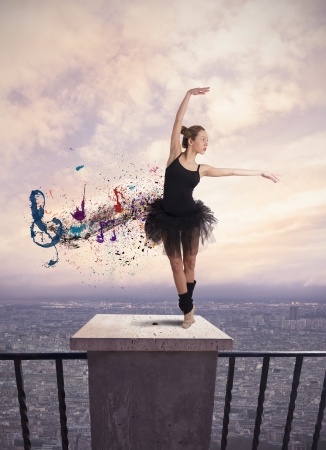Movement is the essence of being. Human conception itself depends upon motion, the joining of egg and sperm. The health of the developing fetus is judged in part by its motion. And before the newborn can shape a thought, it expresses its needs by moving.
Descartes was half-right – self-reflective thought is uniquely human. But bodily movement is older than thought.

Movement is decisive. Movement, not thought, separates the quick and the dead, the animate and inanimate.
“Science tells us that motion is an essential of existence,” Rudolf Laban observed. “The stars wandering across the sky are born and die….crystals, rivers, clouds, islands, grow and dwindle, accumulate and break up, appear and disappear.”
Human motions, though less majestic, are equally essential. For the dependable sense of who we are rests on the ability to move as we choose.
A Stanford University robotics engineer affirmed this, He designed robotic arms that could perform simple grooming and self-care motions for the handicapped. He had noticed that the loss of a functional limb impacted his clients’ sense of identity. Why?
Because we are constantly reaffirming who we are by the manner in which we execute these everyday actions.
Even a small change in our habitual actions affects how we see ourselves. I experienced this on a temporary basis while teaching in the Netherlands. I was lent an apartment where the sleeping and bathing facilities were quite different from home. I had to consciously change how I did these basic things. After about a couple of weeks, I felt quite strange, as if I were gradually becoming someone else.
Most of us will not lose limbs or have to accommodate to foreign ways of life. And so the motor-based nature of self, its dependence on movement habits, will remain hidden. Yet, these are the very bedrock of our being.
I move, therefore I am.
